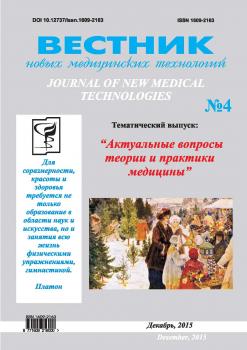Lactose is a consequence of dysfunction of the mammary glands in women with breastfeeding between production and secretion of milk, resulting in stagnation of milk. The purpose is to study predisposing anatomical and physiological factors in the de-velopment of lactose associated with narrowing of the ducts and hypofunction lobular-ductal system of the breast in women with breastfeeding. The research has included a study of the status of the lactating breast in 42 women with breastfeeding. The 1st group consisted of 27 women with lactose. Control (the 2nd) group consisted of 15 women with breastfeeding without lactose. The study has shown that the development of the stagnation of milk is caused by a range of predisposing and contributing factors, among which the most important are the anatomical and physiological reasons: the restriction and paresis of the milk ducts, dyscoordination of the lobular-ductal system. The leading cause of stagnation of milk is an anatomical narrowing and the tortuous course of the milky threads with physiological dysfunction of the ductal system of the lactating breast. A main factor in the development of the pathological process is fibrocystic breast disease, which is characterized by morphological and functional changes in the mammary glands in the form of diffuse or focal changes of the connective tissue, mainly ductectasia. These changes under effects of other factors on a certain area of the lactating mammary glands lead either to morpho-functional narrowing, the violation of the ducts, either individual or combined physiological hypofunctions of up to paresis. Appeared first sections of the stagnation of milk, swelling of the breast increase the compression duct and obstruct the outflow of milk, leading to clinically significant pathological process of the lactose, the resolution of which requires consideration of all the above clinical and pathogenetic data with a complex of therapeutic measures.
anatomy, physiology, lactostasis, lobulo-ductal system
1. Trekhmernaya ul´trasonogramma mlechnykh protokov kormyashchikh zhenshchin: predvaritel´noe issledovanie / Gu-ding M.Dzh., Finley Dzh., Shipley Dzh. [i dr.]// Zhurnal ul´trazvukovoy meditsiny. 2010. №29 (1). S. 95-103
2. Guseynov A.Z., Istomin D.A. Zabolevaniya molochnoy zhelezy. Tula: Izd-vo TulGU, 2011. 243 s.
3. Ilovayskaya I.A., Marova E.I. Biologiya prolaktina. Neyroendokrinnyy kontrol´ i regulyatsiya sekretsii. Akusherstvo i ginekologiya. 2000. № 5. S. 42-44.
4. Ramsay D.T., Kent Dzh.S., Khartmann R.A., Khart-mann P.E. Anatomiya laktiruyushchey molochnoy zhelezy cheloveka, opredelennaya s pomoshch´yu ul´trasonografii. Anatomicheskiy zhurnal. 2005. №206. R. 525-534.
5. Sostoyanie gormonal´noy regulyatsii pri fibrozno-kistoznoy mastopatii / Sotnikova L.S. [i dr.]. Mat´ i ditya. 2011. № 1. S. 342-346.
6. Treneva M.S., Munblit D.B., Ivannikov N.Yu., Pampura A.N. Referentnye znacheniya (normativy) urovney tsitokinov moloziva i grudnogo moloka v zhenskoy populyatsii. Pediatriya. Zhurnal im. G.N. Speranskogo. 2014. №3. S. 12-14
7. Fructus agni casti and bromocriptine for treatinent of hyperprolactinemia and mastalgia / KiIicdag E.V. [et al.]// Intl. J. Gyn&Ob. 2004. Vol. 85. P. 292-293.
8. Lamers Y. Folate recommendations for pregnancy, lactation, and infancy. Ann. Nutr. Metab. 2011. Vol. 59(1). P. 32-37.





